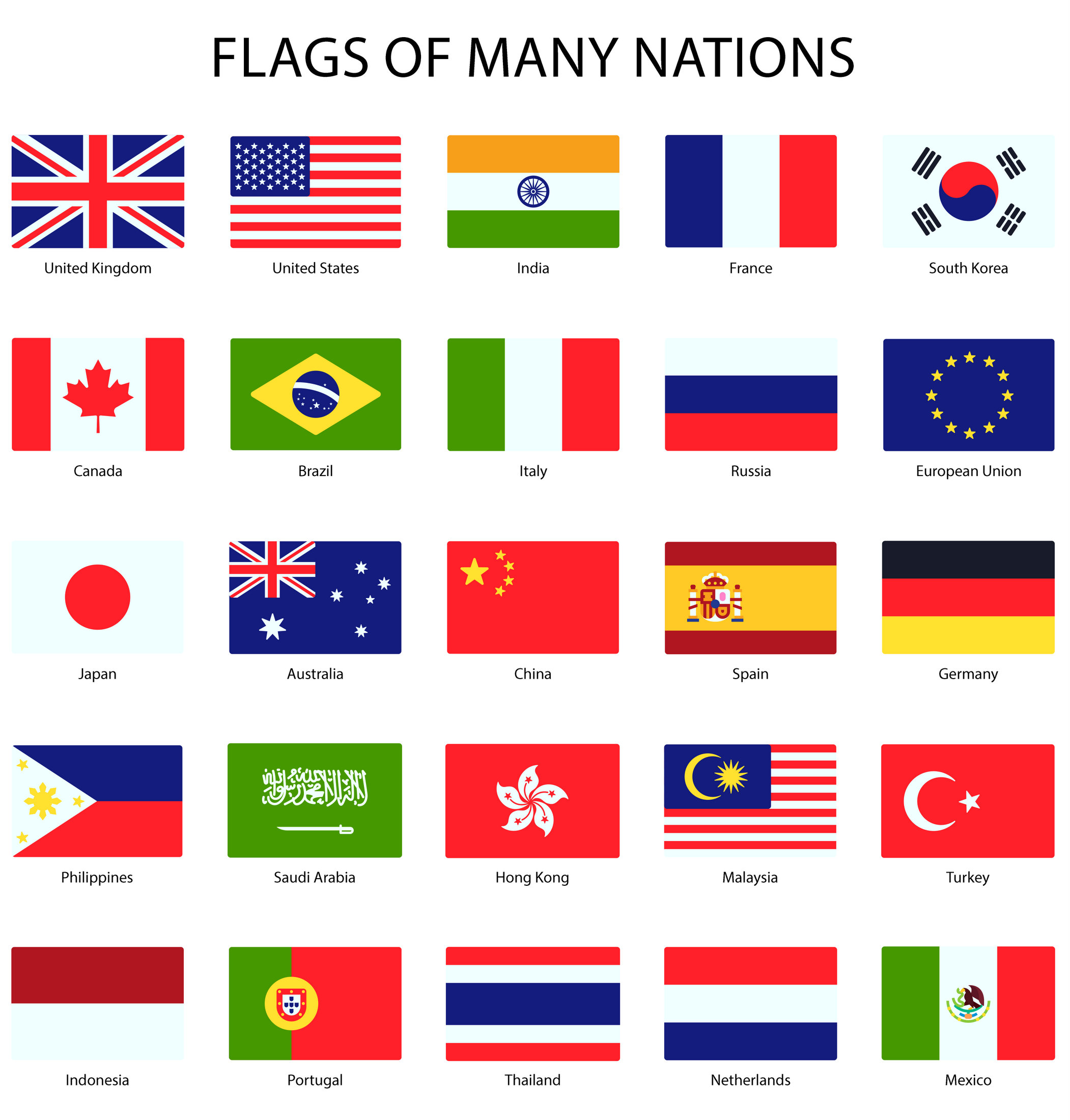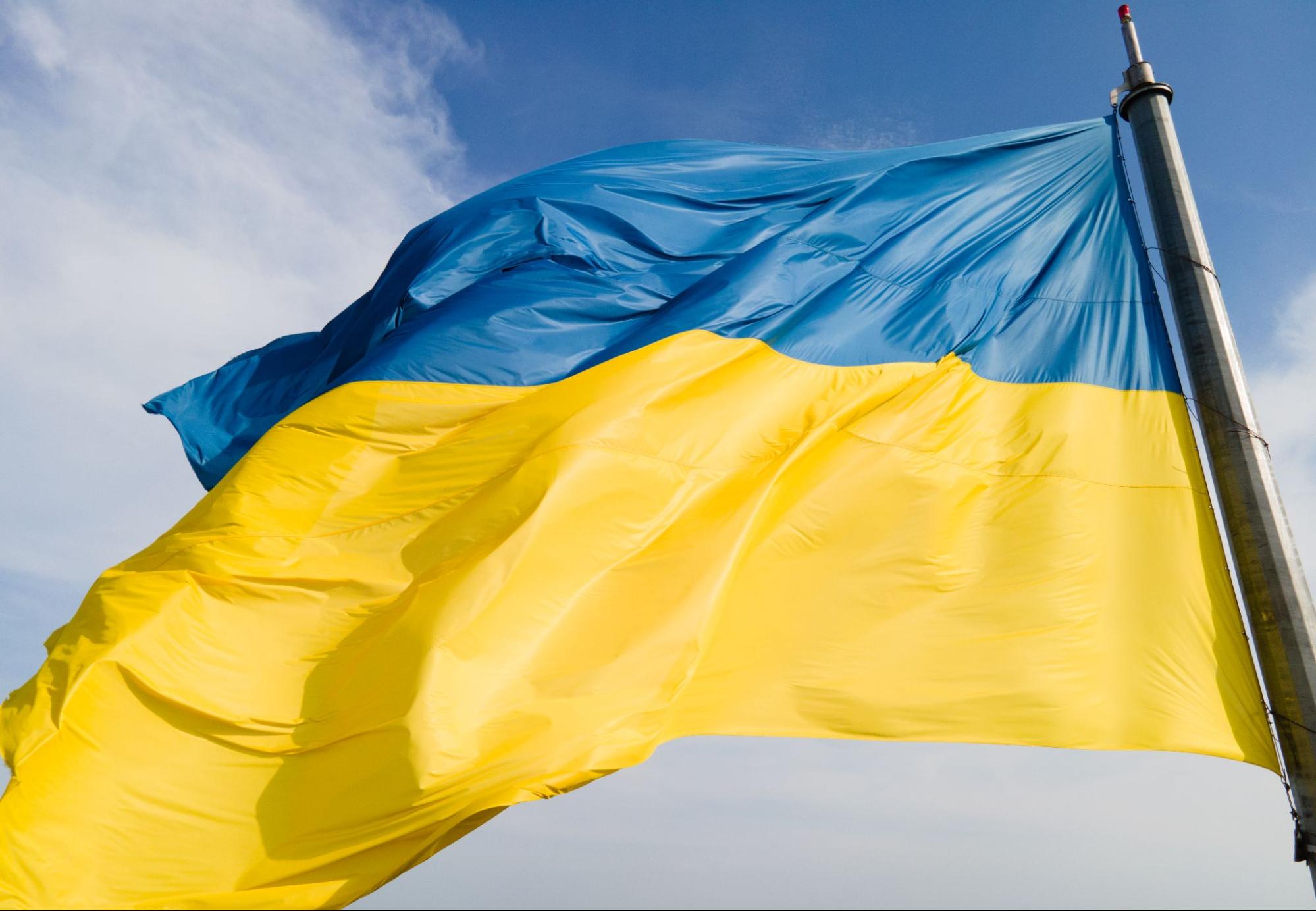Discover The World's Flags: A Comprehensive Guide To National Symbols, a comprehensive guide to the world's flags and their meanings, is an invaluable resource for anyone interested in vexillology, the study of flags. This book provides a detailed look at the history, design, and symbolism of flags from all over the world, making it an essential reference for anyone who wants to learn more about this fascinating subject.
Editor's Note: "Discover The World's Flags: A Comprehensive Guide To National Symbols" was published on DATE, and it is an important read for anyone who wants to learn more about the world's flags. This book is a valuable resource for vexillologists, historians, and anyone else who is interested in the study of flags.
Our team has analyzed and dug through tons of information, to bring you this ultimate "Discover The World's Flags: A Comprehensive Guide To National Symbols" guide. Our main goal is to help you understand the topic in more detail:
| Key Differences |
|---|---|
Transition to main article topics
FAQ
Explore frequently asked questions about the world's flags, delving deep into their history, symbolism, and significance.
Question 1: Why are flags important?
Flags serve as potent symbols of national identity, representing a nation's history, culture, and values. They inspire unity and patriotism, fostering a sense of belonging among citizens. Explore Discover The World's Flags: A Comprehensive Guide To National Symbols for an in-depth look at this topic.

Printable Flags Of The World - Source printable.conaresvirtual.edu.sv
Question 2: What are the common design elements found in flags?
Many flags incorporate stripes, stars, crosses, and other geometric shapes. These elements often carry symbolic meaning, representing virtues or aspects of a country's history. Colors also play a significant role, conveying specific messages or evoking emotions.
Question 3: How do flags evolve over time?
Flags can undergo modifications to reflect political changes, such as the adoption of new territories or the fall of regimes. Some flags remain relatively unchanged, while others have been redesigned several times throughout history.
Question 4: What is the protocol for displaying flags?
There are established rules and customs for displaying flags respectfully. These include proper placement, flag etiquette, and half-staffing during periods of mourning or remembrance.
Question 5: What are some of the most iconic flags in the world?
Flags such as the Union Jack, the American flag, and the French tricolor are recognized worldwide and instantly associated with their respective nations. These flags have become symbols of power, freedom, and cultural heritage.
Question 6: How can I learn more about flags?
There are numerous resources available to deepen one's understanding of flags. Books, websites, and museums offer valuable insights into the history, symbolism, and cultural significance of these national emblems.
Flags are powerful symbols that represent the unique identity and heritage of nations. Understanding their significance and proper use fosters a greater appreciation for the rich tapestry of human history and cultural diversity.
Proceed to the next article section for further exploration of the world's flags.
Tips
Enhancing your understanding and appreciation of national flags requires mindful observation, historical context, and attention to detail.
Tip 1: Study the Colors and Symbols
Colors and symbols on flags hold deep meanings. Research their significance to understand the nation's values, aspirations, and history. For example, the blue in the American flag represents vigilance, perseverance, and justice.
Tip 2: Explore the Flag's History
The evolution of a flag can provide insights into the country's political and cultural transformations. Tracing its origins, modifications, and symbolism helps you appreciate its historical significance.
Tip 3: Pay Attention to Proportions and Shape
Flags vary in shape and proportions, each design carrying its own message. Analyzing these aspects can reveal the flag's relationship to other flags, geographical features, or historical events.
Tip 4: Consider the Cultural Context
Flags reflect the unique cultural identity of nations. Examine the flag's connection to mythology, folklore, or artistic traditions to gain a deeper understanding of the people it represents.
Tip 5: Respect the Flag's Protocol
Flags are symbols of national pride, and their proper display and usage are vital. Learn the flag's official protocols to ensure respectful handling and avoid any unintentional offense.
Summary:
By employing these tips, you can uncover the rich tapestry woven into national flags, appreciating their intricate designs, historical significance, and cultural relevance.
Discover The World's Flags: A Comprehensive Guide To National Symbols
Flags, as national symbols, embody the identity, history, and aspirations of nations. Discovering the world's flags involves understanding their design elements, symbolism, and cultural significance.
- Design Elements: Colors, shapes, patterns, and emblems that create visual representation.
- Symbolism: The underlying meanings and associations embedded in flag designs, often representing national values and aspirations.
- Historical Roots: Tracing the origins and evolution of flags, reflecting historical events, cultural influences, and political changes.
- Cultural Significance: The role of flags in national ceremonies, festivals, and expressions of patriotism, fostering unity and pride.
- International Recognition: The diplomatic importance of flags, representing nations on the global stage and facilitating international cooperation.
- Artistic Appreciation: Appreciating flags as works of art, showcasing creativity, design principles, and cultural aesthetics.
These key aspects provide a comprehensive framework for exploring the fascinating world of flags. From understanding their visual language to recognizing their cultural significance, flags serve as captivating symbols of national identity, historical heritage, and global unity.

Ten national symbols of Ukraine – Rubryka - Source rubryka.com

A4 Laminated Chart National Heroes / Philippine president -vice - Source www.lazada.com.ph
Discover The World's Flags: A Comprehensive Guide To National Symbols
"Discover The World's Flags: A Comprehensive Guide To National Symbols" offers a vast collection of national flags, accompanied by detailed explanations of their history, symbolism, and significance. Serving as a comprehensive guide for understanding the cultural and national identities of countries around the world, this book not only provides a visual catalog of flags but also delves into the deeper meanings and contexts behind them. Through its pages, readers gain insights into the historical events, cultural traditions, and aspirations that have shaped these national symbols.

Printable Flags Of The World With Names - Printable Templates - Source printable.esad.edu.br
Understanding the flags of the world holds practical significance in various fields. In international relations, it is crucial for diplomatic protocols, cross-cultural communication, and fostering a sense of global unity and appreciation for diversity. For historians and researchers, flags offer valuable clues into past and present societies, their political systems, and cultural values. Furthermore, in fields such as education and tourism, knowledge of flags helps foster cultural awareness, promotes historical understanding, and enriches travel experiences.
To delve deeper into the connection between "Discover The World's Flags: A Comprehensive Guide To National Symbols" and its content details, a comparative analysis of flags from different regions can be insightful. For instance, the flags of African nations often feature vibrant colors and bold patterns, reflecting the continent's rich cultural heritage. European flags, on the other hand, tend to incorporate heraldic symbols and traditional colors, representing historical dynasties and national identities. By examining these variations, readers can appreciate the diversity of cultural expressions and the unique stories behind each flag.
In conclusion, "Discover The World's Flags: A Comprehensive Guide To National Symbols" stands as a valuable resource for understanding the world's nations through their flags. Its comprehensive coverage, detailed explanations, and practical applications make it an essential guide for anyone seeking to explore the fascinating world of national symbols.
| Content Details | Importance in "Discover The World's Flags" |
|---|---|
| Historical Background | Provides context for understanding the origins and evolution of flags. |
| Symbolism and Meaning | Explores the deeper significance behind colors, symbols, and designs. |
| Cross-Cultural Perspectives | Promotes appreciation for the diversity of cultural expressions. |
| Practical Applications | Enhances understanding in fields such as diplomacy, history, and education. |